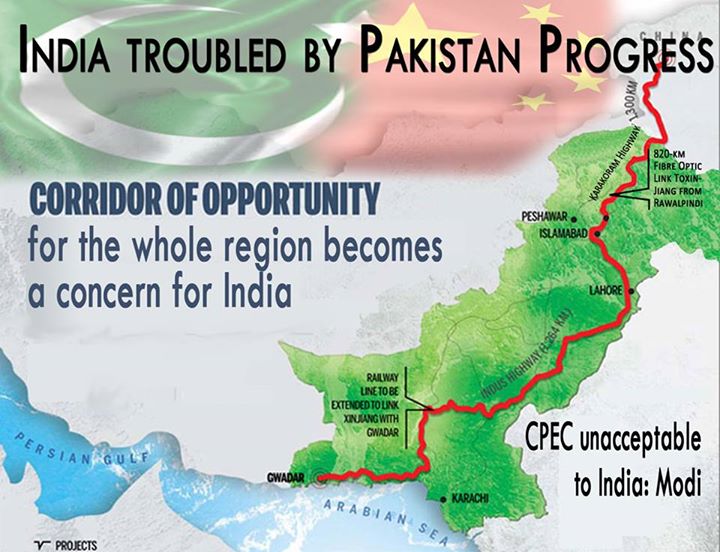The all-weather and time-tested friendship between Pakistan and the Peoples Republic of China seems to be almost a rare phenomenon in modern day diplomacy in terms of ascendancy of relationship between the two countries in a rather shorter span of time.
The diplomatic relations between the both countries were established on May 21, 1951 after Pakistan recognized China on January 4, 1950.
In mere 65 years’ time, these ties are now being often termed by both as taller than Himalayas, deeper than oceans, sweeter than honey and stronger than steel.
And these assertions are mere not rhetoric as they are very much based on the facts and ground realities. Over the decades, they were fostered on institutions to institutions and people to people as well as at the grassroots level forging deeper understanding and goodwill.
The purview covered various fields of fields of activities and the academic realm was no exception.
In this respect, the province of Sindh did not lag behind. A Confucious Institute was established at the University of Karachi in 2013 as part of collaboration with Sichnan University.
Confucious was a Chinese teacher, editor, politician and philosopher of the Spring and Autumn period of the Chinese history.
At Karachi University this Institute is offering certificate programmes in Chinese language and culture accredited by the Hanbem headquarters China.
A Dean of Karachi University, Prof. Dr. Khalid Iraqi, informed that the Confucious Institute here has two directors- one from China and the other is from Pakistan whereas six instructors have come from China.
He said that in a major move, Karachi University has introduced Chinese language as a subsidiary subject at the undergraduate level and the enrollment at present is 22 students which has been termed as a good beginning.
The Director of the Confucious Institute at the University of Karachi, Moin Siddiqui, informed that certificate courses of various levels- I, II, III and IV, are being offered, The duration is four months and the current enrollment is 375 students.
Siddiqui said that the University of Karachi has introduced from January this year, Chinese language as a subsidiary subject for its Honours programme and currently 22 students are studying.
He stated that the Confucious Institute of Karachi University is also offering its services for conducting Chinese classes in other academic institutions in the metropolis.
Siddiqui informed that two classes each are being run at the Preston University and the Institute of Business Administration, Karachi.
The number of students enrolled at Preston University is 75 whereas that at the IBA Karachi is 55.
Chinese classes at the Latif Ibrahim Jamal (LEJ), University of Karachi, have been planned and these would be started by July this year.
There is also a move for the initiation of the students and the faculty exchange programme, he added. Siddiqui apprised that with regard to the Confucious Institute at the University of Karachi an agreement with the Chinese Government was reached in November 2013 and the classes commenced two months later.
This very programme is going ahead at the University in a very smooth and successful manner.
It will certainly expand further like the very close relations between Pakistan and China besides fostering goodwill and understanding among the people of the two countries.
In Pakistan two other Confucious Institute are currently operating. Besides, University of Karachi, they are located at NUML in Islamabad and the Agriculture University Faisalabad. At the global level there exist over 500 Confucious Institute in 133 countries around the world.
With the successful launch of the mega China-Pakistan Economic Corridor (CPEC), there would be also need for expanding the number of Confucious Institutes in Pakistan.












